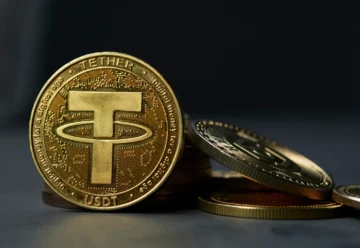Tether to Monitor Secondary Market for Illegal Activity

Tether, the issuer of the USDT stablecoin, will strengthen secondary market monitoring for its issued assets to prevent their use in illegal activities.
Tether representatives announced a collaboration with Chainalysis, one of the leading software solutions providers for on-chain analysis. The collaboration’s primary focus will be strengthening measures to monitor USDT use in the secondary market to prevent its use in activities that violate laws or sanctions regimes.
The Chainalysis solution will include a comprehensive set of monitoring and analysis tools. In particular, four main components are mentioned:
- Sanctions Monitoring;
- Categorization;
- Largest Wallet Analysis;
- Illicit Transfers Detector.
Thanks to the solution provided by Chainalysis, Tether can identify illegal transactions and addresses used to circumvent sanctions and darknet platforms. The company will be able to qualitatively categorize USDT holders by type, including different platforms, and analyze the addresses of the largest holders for their activities.
Paolo Ardoino, CEO of Tether, noted in the press release the company’s commitment to implementing high standards of regulatory compliance and its dedication to ensuring transparency and security in the crypto industry. The document also notes that Tether works with 124 law enforcement agencies in 43 jurisdictions worldwide.
It’s likely that such a move was the result of a number of accusations regarding the USDT stablecoin and its use in illegal activities. The United Nations Office on Drugs and Crime (UNODC) published a report stating that USDT TRC-20 is being actively used by criminal groups in Southeast Asia. Tether representatives responded by accusing UN employees of incompetence in the field of Web3 technologies.
Later, the media reported that Venezuelan authorities were using USDT to circumvent U.S. sanctions on the oil trade. In response, Tether reps said they’d block crypto addresses used to circumvent sanctions imposed by the Office of Foreign Assets Control (OFAC) of the U.S. Treasury Department.











